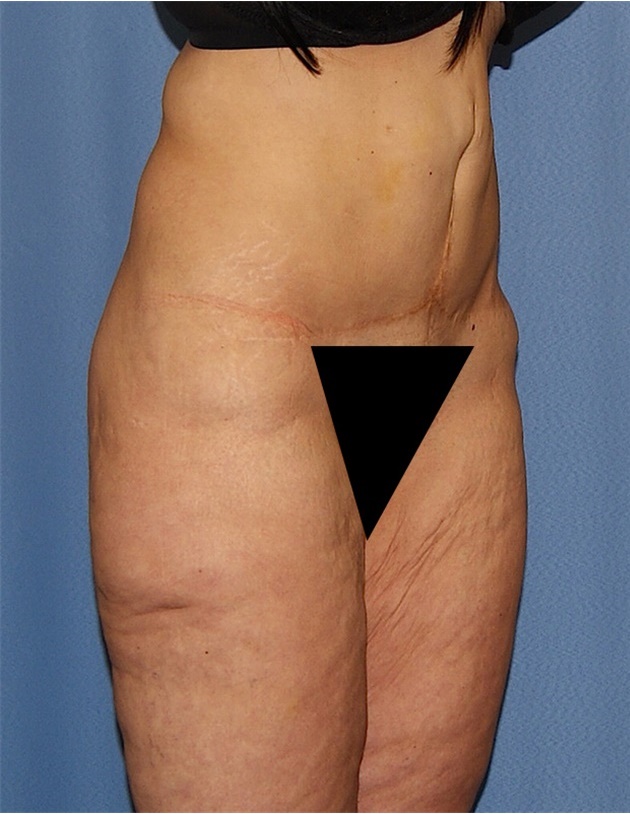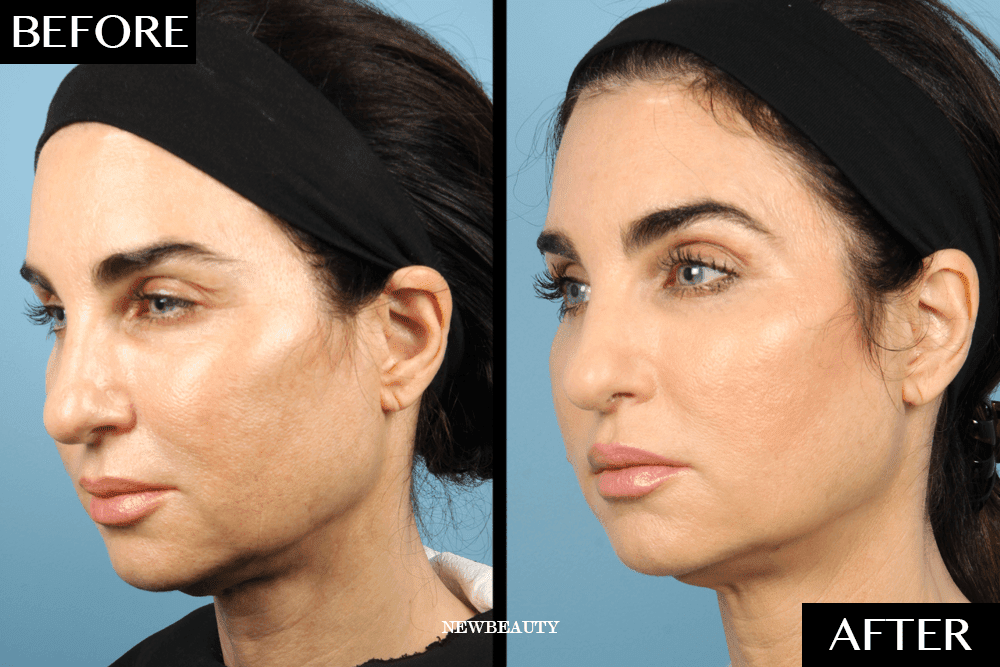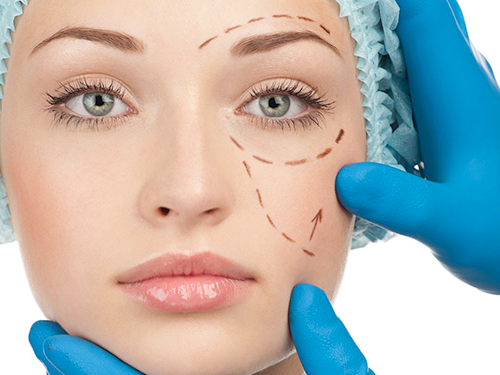
If you have ever considered eye Botox, then you may be wondering if it is right for your needs. But what are the side effects and how much does eye Botox cost? Continue reading for more information. Below you will find information about eligibility, cost, and recommendations. You can find out more on our page about eye Botox. Stay tuned for our next article on the side effects and cost associated with eye Botox.
Cost
The cost of Eye Botox can vary depending on the type and frequency of treatments. Regular treatments cost less than annual visits, and you may qualify for insurance coverage. If the procedure is performed by a board-certified doctor, it will be covered. You may not be eligible for insurance coverage if your condition is cosmetic. Most likely, your insurance provider will require you to provide a medical history and authorization for treatment.
New York doctors usually charge by the area treated. Although the price per unit can vary, it can be anywhere between nine and twenty dollars. A single eye will most likely receive five units of Botox, with a higher price if you need more than one treatment. It is important to remember that most medical insurance does not cover cosmetic Botox injections. Eye Botox costs can vary greatly so it is important to speak to your doctor before you undergo the procedure.

Side effects
Botox injections for the eye are used to relax muscles controlling eye movement. Strabismus, for example, is caused by an imbalanced muscle tone. This can also lead to eyelid movement problems. This condition is often caused by nerve damage around the eyeball or leading from the eye to the brain. As a result, visual signals sent from one eye may not be properly interpreted by the brain. These conditions can be reduced or eliminated with Botox injections.
Drooping eyelids may also occur. Botox injections between the eyes can cause eyelid drooping. Botox injections into the forehead can cause lowered eyebrows. Eye drops and ointments are available to treat the eyelid droop. Dry eyes may be a side effect.
Recommendations
If you are interested in having eye Botox treatment, there are a few recommendations you should keep in mind. The most important one is that you avoid direct sunlight for at least an hour after the procedure. Wear UV-protective sunglasses and sunscreen as often as possible. You should wear sunglasses that provide UVA as well as UVB protection. Keeping your stress level at a minimum will also help you to take care of the skin around your eyes.
In some cases, the eyelid muscles might twitch out of control. This condition is known as myokymia. It can affect either one or both the upper and lower lids. Sometimes both eyes twitch in an excessive manner. Botox injections might be an option to help your eyelid spasm. Botox treatments should only be performed by a licensed physician.

Patient eligibility
Although some insurers may not cover eye Botox, Medicare does. Medicare Part A covers botox and most prescription drugs. Ask your doctor about insurance coverage before you proceed with the procedure. The insurance company will determine whether the procedure is covered, and then approve payment. You may have to pay a copayment, but this is usually less than $20. Your doctor will recommend a treatment plan after your initial consultation.
Medicare covers most of the cost of eye botox. However, some people may have to pay additional costs. Prices will vary depending upon how many Botox injections you require. Before you get Botox, make sure to check with your doctor if you don't have insurance. The doctor will need to know your health history and any medications you may be taking. Botox can interact sometimes with certain medications. Your doctor will ask about whether you're currently taking anti-depressants or blood pressure medication. It may be necessary to take prescription medication, such painkillers. Anesthesia and numbing creams may also be necessary.